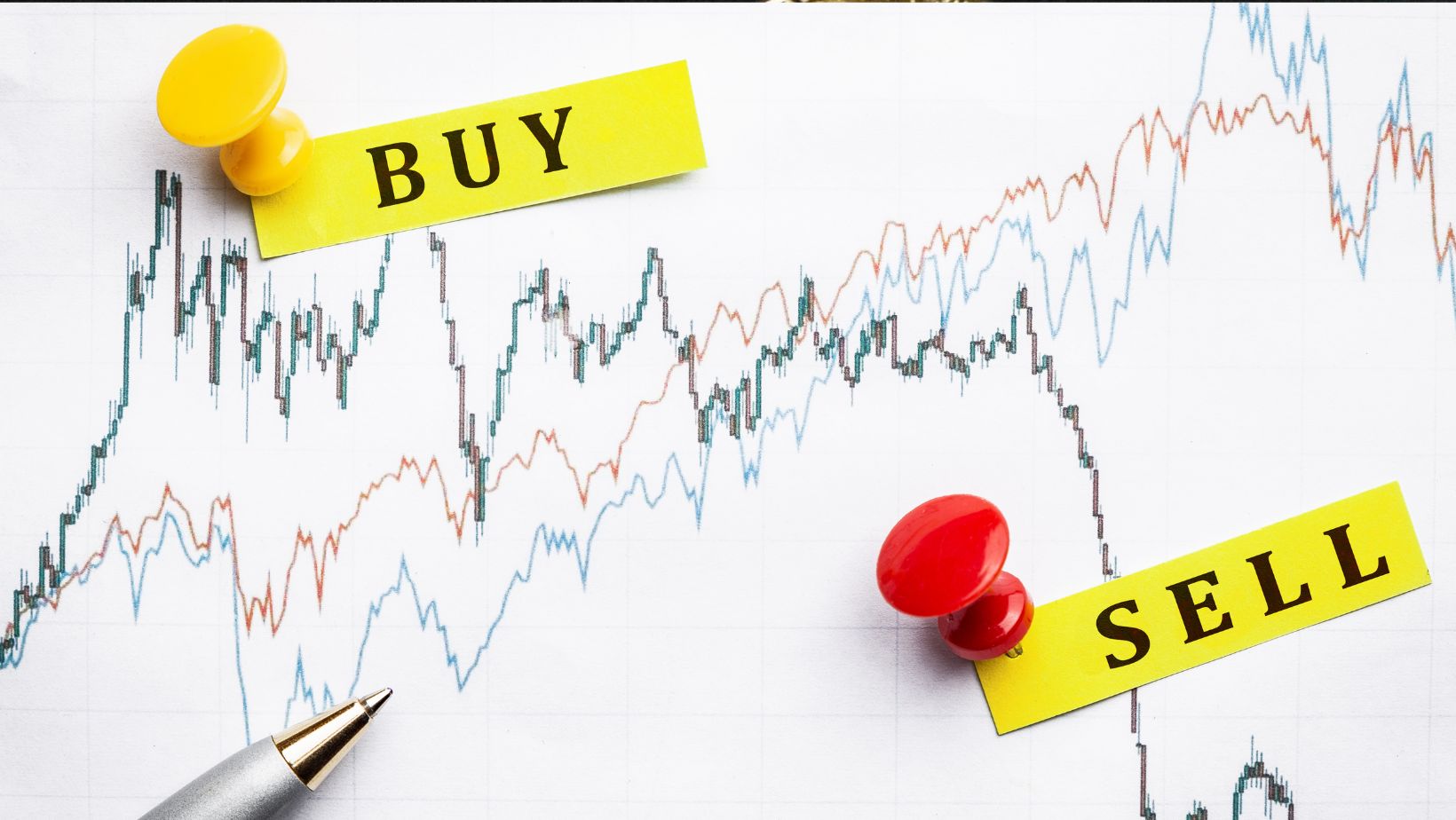FOMO investing pushes many of us toward financial decisions we later regret. For instance, in 2021, GameStop and AMC’s stocks rose to unprecedented levels, and many investors who bought at peak prices suffered heavy losses after the artificial bubble burst. This classic example of FOMO finance demonstrates how emotional decisions can quickly lead to financial losses.
The FOMO stock market phenomenon substantially affects investors. It magnifies emotional reactions to market trends, which leads to irrational decisions. Unfortunately, young investors face higher risks because they heavily rely on social media for investment advice. FOMO crypto investment shows the same pattern, sharp price spikes followed by devastating crashes once the hype dies down.
How FOMO Hijacks Your Brain During Investing
Your brain can make rational investment decisions, especially when markets get exciting. This shows how cognitive biases shape our financial choices.
The science behind FOMO investing is similar to that of impulsive betting. That’s why sites like Sports Geek take responsible gambling seriously. A new game feature or cryptocurrency can trigger your brain’s primitive region called the amygdala. This part of the brain reacts to financial threats the same way it responds to physical dangers. Your dopamine circuits light up as they anticipate potential rewards, creating a powerful mix of emotions. These brain responses explain why half of investors make impulsive decisions.
Today’s digital world makes everything more intense. Social media shows off the wins but leaves out the losses. This creates perfect conditions for FOMO stock market behavior. It is a mind trap that shows up in herd mentality, confirmation bias, and social comparison.
The Psychology Behind Buying High and Selling Low
Why do we buy stocks at their highest price and sell when they crash? It’s because our brain’s hardwired responses often override logical financial decisions. The powerful force of herd mentality drives FOMO investing. The financial markets see investors blindly following others instead of doing their own research.
The emotional toll of being a contrarian investor hits harder than expected. Going against the crowd could trigger fear responses like breaking an arm. This explains why most investors can’t buy during market downturns or sell in bullish times.
The brain processes losses differently, too. Losing money hurts twice as much as the joy of making the same amount. This makes investors keep falling stocks too long and sell winners too early. Several mental biases, such as overconfidence, confirmation, and recency bias, feed this harmful cycle. Also, psychological patterns become risky during market bubbles. So, learning about these psychological traps helps develop a smarter approach to FOMO finance.
The Real Cost of FOMO in the Stock Market
FOMO investing creates several layers of financial harm, such as direct financial loss, missed chances, and transaction costs. Direct financial loss occurs when investors buy assets at peak prices, right before a market correction happens. In contrast, missed chances refer to situations when people who chase trendy investments miss steady, long-term growth opportunities. Transaction cost, on the other hand, arises when buying and selling lead to higher brokerage fees and taxes.
The mental impact hits just as hard. Investors face serious emotional stress from constantly watching trendy investments. Due to the high stress level, investors could develop financial anxiety and make costly mistakes.
Lastly, investors worry more about doing worse than their peers than actual losses. This explains why people flock to risky investments. They feel less devastated when everyone loses money together rather than losing it alone.
How to Avoid FOMO in Investing
Once you understand how FOMO affects your decisions, you can protect your portfolio from emotional impulses. Here are some tips that can help you avoid FOMO investing.
Create Clear Investment Goals
You need to create clear investment goals before investing in stock markets. Take a moment to define your financial goals for retirement, education, etc. Your established objectives will help you resist trendy investments that don’t fit your plan.
Protective Strategies
Protective strategies like diversification, automation, and regular information detox are important. You need to curb impulsive decisions by spreading investments across different sectors, automating your investments, and knowing your risk tolerance.

You must also filter your information sources and implement cooling-off periods.
Regular Check-ins
Schedule regular check-ins instead to avoid overreacting to short-term market changes. Moreover, you have to tune out market noise completely. Financial news and social media fuel FOMO significantly. Less exposure helps you resist the urge to react to every market movement.
Emotional Discipline
A set-it-and-forget-it approach works best for long-term success. Also, automatic contributions to investments like retirement accounts take emotion out of the equation. Emotional discipline helps investors make objective choices based on their trading plan.
FOMO Investment Conclusion
FOMO’s financial damage goes beyond direct monetary losses. Its hidden costs include potential debt buildup and deep emotional distress. Note that investment success needs patience and emotional discipline. So, you have to build your wealth slowly through consistent and methodical investing rather than chasing trendy assets.















